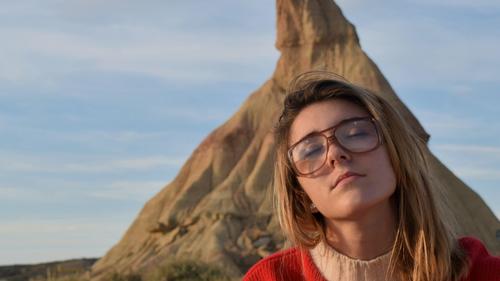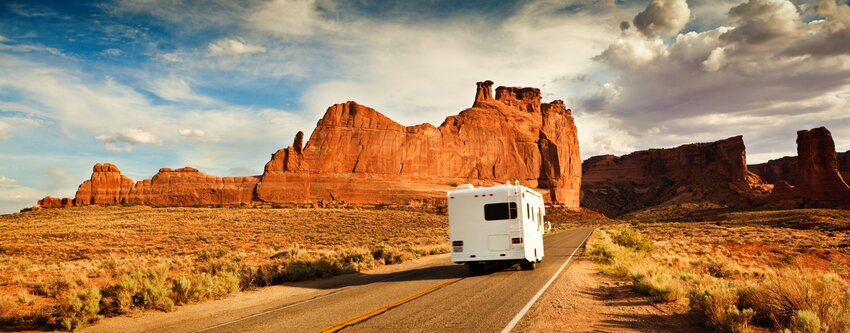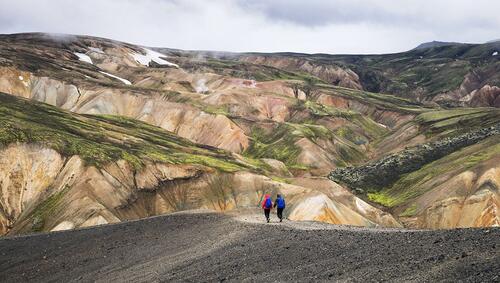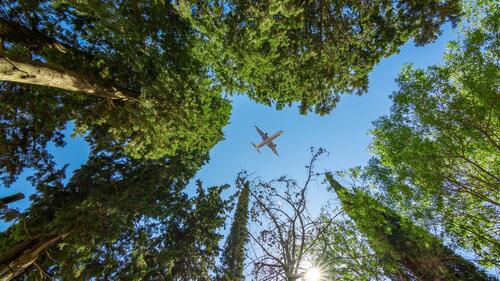There’s been much discussion among the travel community this year as to how the COVID interruption can be a force for good. It’s the perfect opportunity, we’re reminded, to take stock about the way we travel, not least to assess our environmental footprint. It got me thinking about a trip I took a couple of years ago acting as a sighted guide on a trip to Texas designed for the visually impaired.
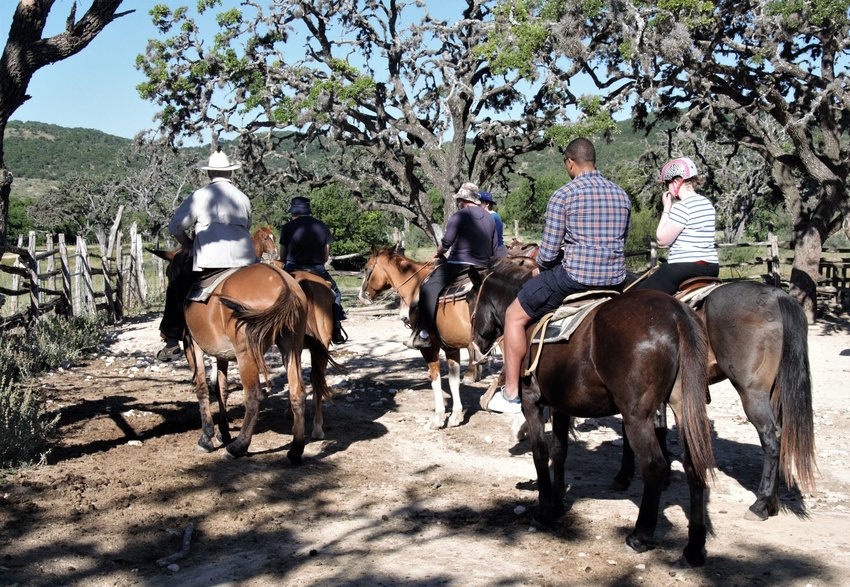
The company that arranged the trip promised that not only would sighted guides get the warm and fuzzies from knowing they were doing something altruistic, but they would benefit from an enhanced travel experience themselves. By that, they didn’t just mean the interactions we have with people and communities along the way, though of course those form a crucial part of any meaningful trip. Instead, they were talking learning to use our other senses: touch, taste, smell and hearing, to more fully appreciate the world around us.
If I’m honest, when I booked, I was dubious. It sounded like a desperate attempt by a copywriter to drum up business. But I wanted to explore the Lone Star State at the discounted rate the company offered, so I booked the trip, and I’m so glad I did. The things I learned, in the company of some incredible visually impaired travellers, went far beyond the nuggets of history and culture I’d usually glean from a trip.
When I travel, I’m guilty – like so many of us – of rushing around. I spend my days cramming in as much as possible, snapping away at the must-sees in one place before hurrying on to the next. But if we do that, we take a risk that our photographs become the only tangible memory we have. By slowing down and tuning into all of our senses, we give ourselves the opportunity to really get under the skin of a place and find out what makes it tick.
Touch
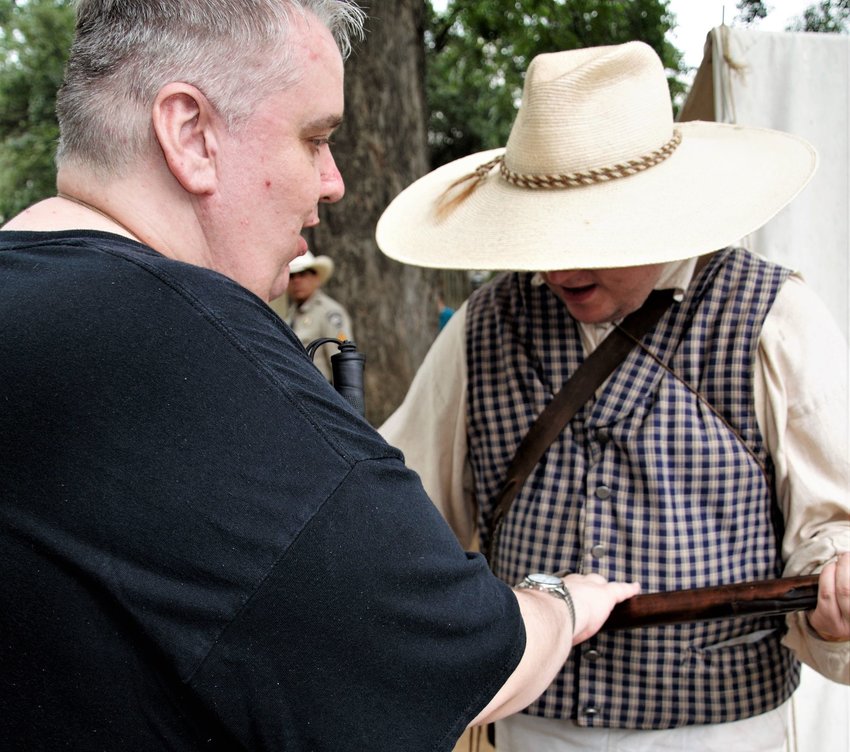
Travelling with the visually impaired group forced me to do just that. At the Alamo in San Antonio, for instance, we were encouraged to handle historic artifacts, feeling our way along the barrel of a musket and rummaging through a soldier’s ration box. Those of us who could see fleshed out the details for those who couldn’t, adding rudimentary audio descriptions to help make sense of the textures and shapes. The guides rounded out the information, filling in the dates and answering the many questions that were thrown at them. Sure, we still snapped the obligatory selfies outside to upload to Facebook, but we came away enriched by what we’d learned.
Taste
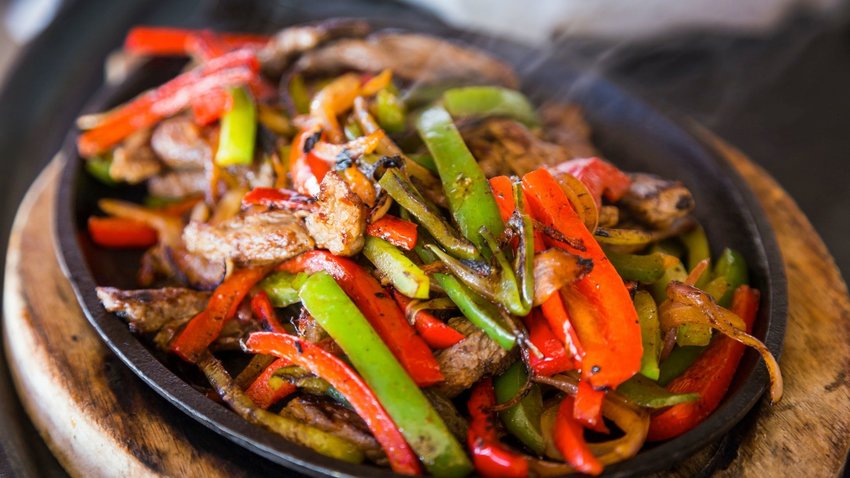
You might have heard the expression that you taste with your eyes, but what if you can’t? Scientists have proved that the colour and appearance of what we eat affects us significantly. That makes a lot of sense. It’s one thing to order off a menu, but if they were placed in front of you, could you eat a plate of deep fried grasshoppers or some cubes of rotted shark meat? If you’re visually impaired, that obstacle is taken away. Dining out at a restaurant on San Antonio’s River Walk, the group’s comments focused more on the flavours in the dishes our server brought out. For a change, the conversation wasn’t about presentation, and there was no need to grab a quick phone shot for Instagram.
Smell
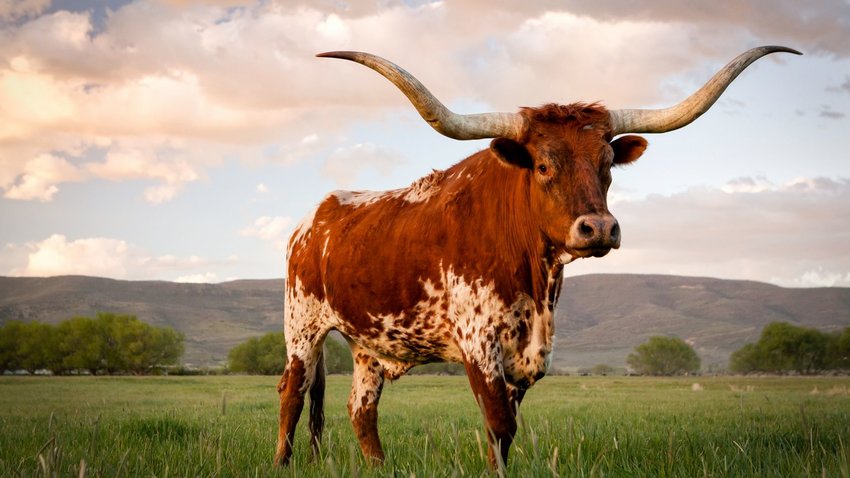
In some ways, smell is second only to sight when it comes to conjuring up memories. I’ve heard many tour guide spiels during my travels, but would struggle to tell you exactly what they said without checking my notes. In contrast, some smells are so evocative even the thought of them takes you right back. A ranch stay near Bandera provided the most memorable cornucopia of smells during that Texas trip: the faint whiff of manure at the horse corral blended with the scent of fear from those who’d never ridden before; the scent of oak, cedar and juniper wafting on the breeze when we rode out to check up on the farm’s longhorn cattle; the acrid smell of the campfire signalling an end to the joyous anticipation of s’mores hour.
Hearing
In Houston, a dance class placed the emphasis firmly on hearing. The Texas Two Step was new to all of us. Partnering up was a strange experience; I’m used to being led, so the need to be someone’s eyes forced me to concentrate more on the music than my own feet for once. The teacher’s patient and steady counting helped us (mostly) keep to time. Surprisingly, there were few collisions, though we weren’t short of light-hearted banter, and later in the trip, we got to try out our moves for real in an Austin honky tonk. There were plenty more distractions than in a sterile studio, but in the dim light of the crowded dance floor, I was grateful to have been taught to feel the music rather than to simply look where I was going.
Close Your Eyes
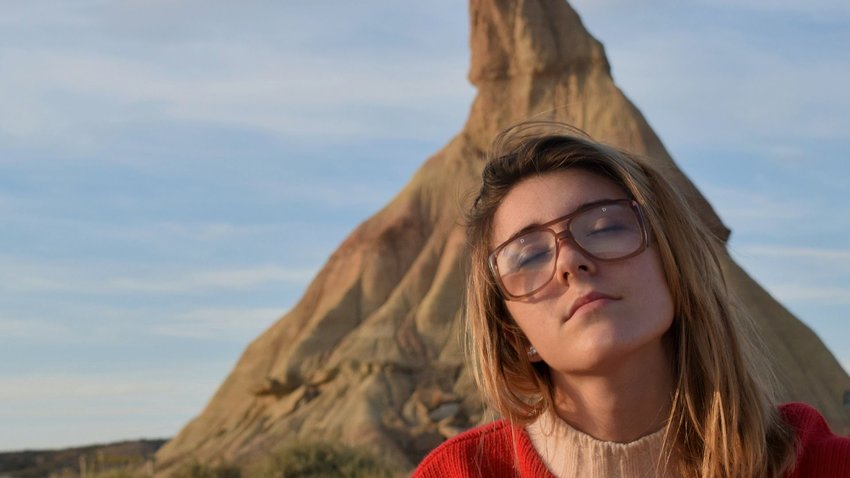
So maybe there is a lesson to be learned here after all. When you next travel, pause for a moment, close your eyes and let your other senses take over for a bit. You might just find it enriches the experience.

